Table of Contents
The Danish flag, also referred to as the flag of Denmark, holds immense importance in the country’s history and cultural identity, symbolizing unity and heritage. With its striking colors and symbolic elements, the flag serves as a powerful emblem of Danish pride. In this piece, we’ll explore the fascinating facets of the Danish flag, examining its design, historical context, and the meanings behind its components.
The flag of Denmark is characterized by a simple design featuring a red field with a white Scandinavian cross that extends to the edges of the flag; the vertical part of the cross is shifted towards the hoist. This iconic flag carries profound symbolism, representing Danish values, history, and national spirit.
Danish Flag: Colors and Symbolism
- The flag of Denmark comprises a red field with a white Scandinavian cross.
- The cross, extending to the edges of the flag, is positioned closer to the hoist.
- The red background symbolizes courage, strength, and the sacrifices made throughout Danish history.
- The white cross embodies purity, peace, and unity among the Danish people.
- The cross’s positioning towards the hoist signifies Denmark’s historical ties to its Nordic neighbors and the enduring spirit of solidarity within the Scandinavian region.
Flag of Denmark
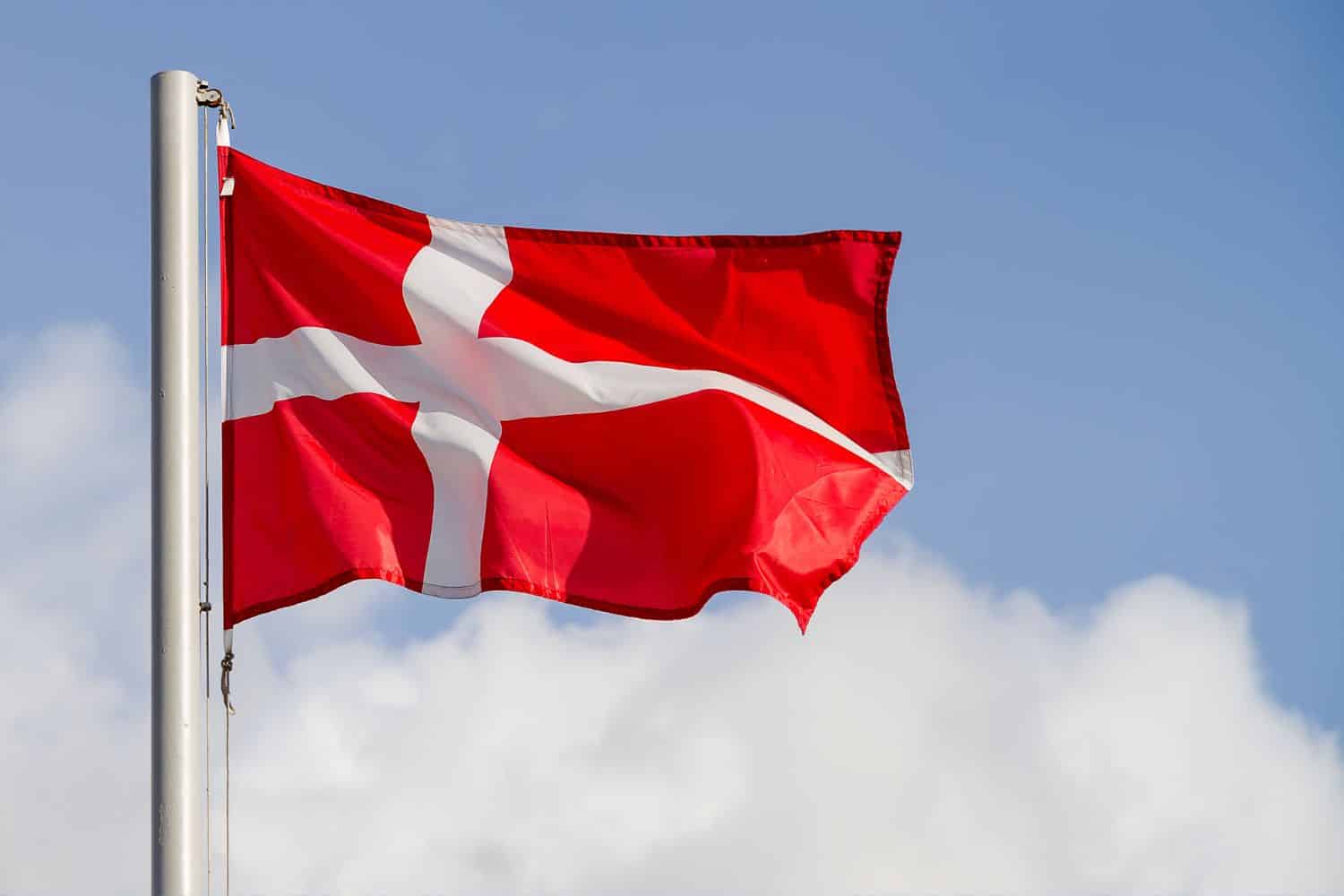
The Danish flag is characterized by a striking design featuring a red field with a white Scandinavian cross that extends to the edges of the flag; the vertical part of the cross is shifted towards the hoist.
The red field symbolizes courage, strength, and the sacrifices made throughout Danish history. It represents the valor and resilience of the Danish people in facing challenges.
The white Scandinavian cross embodies purity, peace, and unity among the Danish people. It reflects Denmark’s commitment to harmony and cooperation both domestically and internationally.
The cross’s positioning towards the hoist signifies Denmark’s historical connections with its Nordic neighbors and the enduring spirit of solidarity within the Scandinavian region.
Overall, the Danish flag serves as a powerful symbol of Danish identity, heritage, and national pride, encapsulating the values and aspirations of the Danish people.
National Flag Etiquette and Protocol
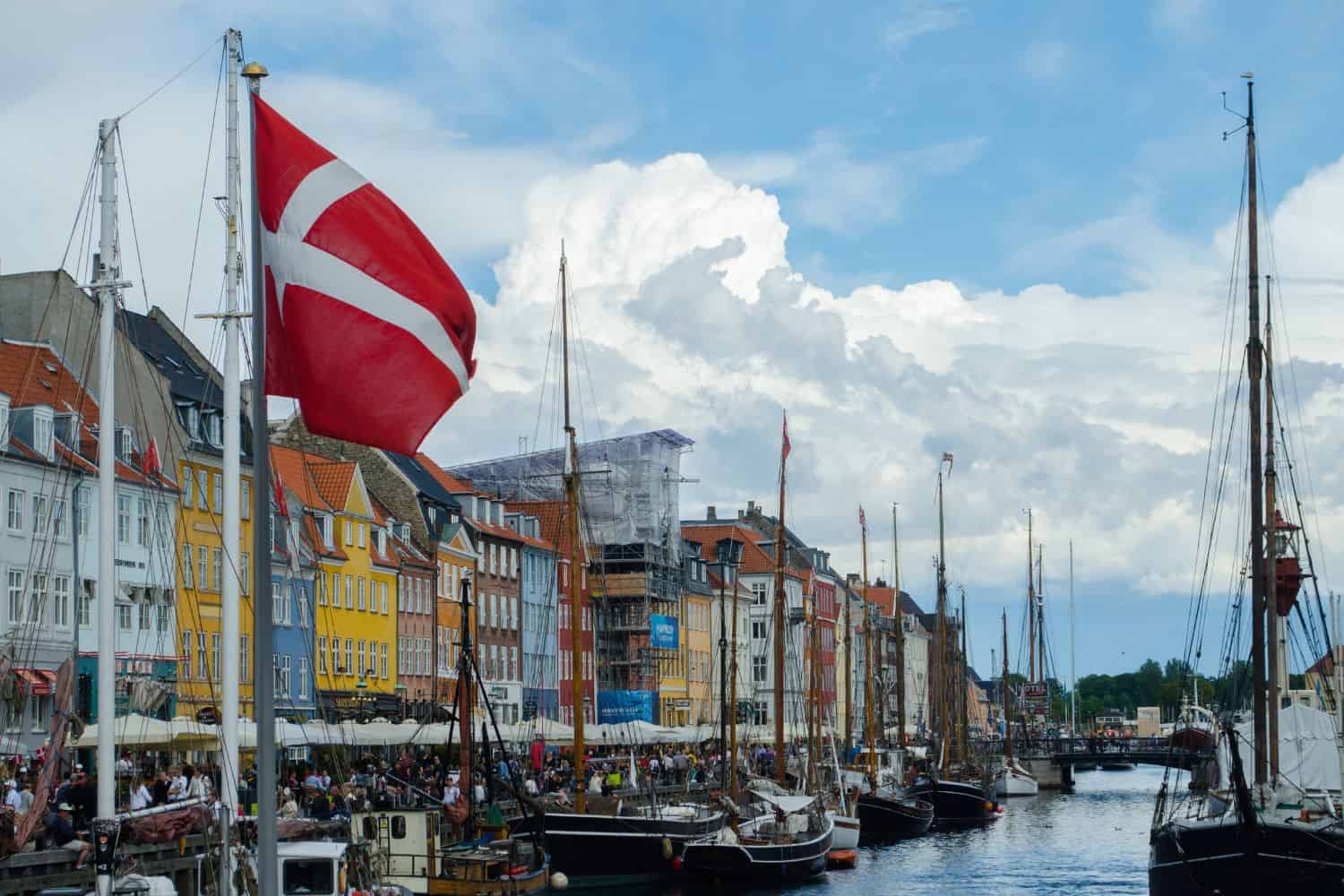
Observing proper usage and display of the Danish flag is of utmost importance to honor the nation’s heritage and identity. Understanding flag etiquette ensures that the flag is treated with the respect it deserves, particularly during national events and ceremonies. Here are the protocols governing the handling, hoisting, and lowering of the flag, as well as other important guidelines:
- Proper Handling: Handle the flag with care and reverence, ensuring it does not touch the ground or floor. Hold it upright without allowing it to drag.
- Hoisting and Lowering: Raise the flag briskly and lower it ceremoniously. Typically, the flag is hoisted at sunrise and lowered at sunset, following specific guidelines or occasions.
- Displaying the Flag: When displaying the flag vertically, the red field should be at the top, followed by the white Scandinavian cross in the middle, and the black field at the bottom. Ensure the flag flies freely without being entangled or obstructed.
- Half-Staff: Lowering the flag to half-staff is a sign of mourning or respect. This is done on designated days of remembrance or as directed by authorities to honor national tragedies or the passing of significant figures.
- Flag Retirement: When a flag becomes damaged, torn, or worn out, it should be retired in a dignified manner. Follow appropriate guidelines and local regulations for retiring the flag, which may include burning it in a respectful and solemn ceremony.
- Flag Size and Placement: The size of the flag displayed should be proportionate to the flagpole or display area. Consult local guidelines or authorities for specific rules regarding flag size and placement.
- Respectful Disposal: If a flag cannot be retired through burning, it should be disposed of in a respectful manner. Consider burying it or handing it over to authorized organizations that specialize in flag disposal.
Interesting Facts and Trivia
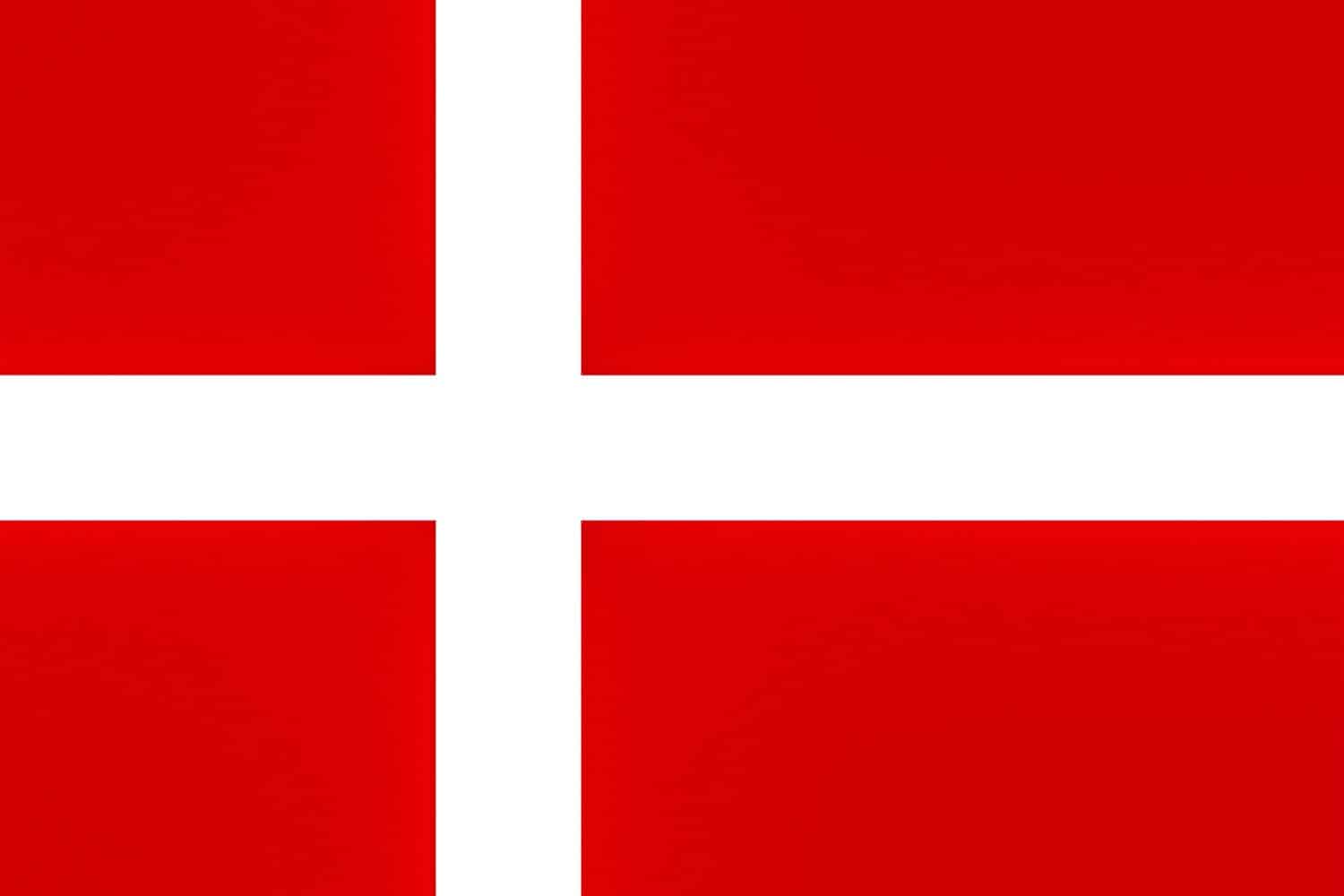
Embark on a journey of fascinating facts and lesser-known trivia about the Danish flag. Discover unique features within the flag’s design that hold hidden symbolism. Uncover stories of famous incidents or events involving the flag that have left an indelible mark on the nation’s history and identity.
Rich Tapestry of History
- 1219: The current flag of Denmark, known as the Dannebrog, is officially adopted, becoming one of the oldest flags in the world. It symbolizes the nation’s long history and the legendary origins associated with the Battle of Lyndanisse.
- Colors and Symbolism: The white cross represents Christianity and the peace and honesty of the Danish people, while the red background symbolizes the strength and valor of the nation.
- Cross Design: The white cross on the red field is not only a symbol of Denmark but also influenced the flags of other Nordic countries, representing the historical and cultural ties within the region.
- National Identity: The flag embodies Denmark’s rich history, cultural heritage, and the nation’s enduring spirit of unity and resilience.
These historical facts highlight significant moments in the history of the Danish flag, showcasing its role in shaping Denmark’s national identity and symbolizing its traditions and values through the ages.
Flag-Related Symbols and Emblems
Just as a flag embodies a nation’s essence, there are additional symbols and emblems closely tied to Denmark’s identity. By delving into their historical and cultural contexts, one can gain a deeper appreciation of Denmark’s heritage. Embark on a journey through Denmark’s best destinations to truly immerse yourself in its rich culture.
Symbolisms of the Danish Flag
Denmark’s flag encapsulates various symbolic elements that echo the nation’s history, values, and aspirations. Here’s a breakdown of the symbolisms of the Danish flag:
- Red Color: Represents the Danish landscape, with its lush fields and rolling hills, as well as Denmark’s agricultural legacy and fertile soil.
- White Cross: Symbolizes Denmark’s Christian heritage and its enduring commitment to peace, justice, and unity. The cross also signifies Denmark’s historical ties to Christianity and its role as a beacon of faith.
- Flag’s Design: Reflects Denmark’s cultural heritage and the unity of its people, regardless of their diverse backgrounds and beliefs.
- National Identity: The flag serves as a unifying emblem for Danes, reminding them of their shared history, values, and cultural identity.
- National Aspirations: Through its design and symbolism, the flag embodies Denmark’s aspirations for progress, unity, and tradition, rooted in its rich history and cultural heritage.
These symbolic elements embedded in the Danish flag contribute to the nation’s collective sense of identity and pride, reflecting its historical journey and cultural significance.
Flags of Similar Countries or Regions
Exploring the flags of neighboring countries or regions can offer fascinating insights. Analyze and compare the flags, delving into similarities in design, colors, or symbolism. Unveil historical and cultural ties between flags, illuminating shared influences or unique identities. Considering a Denmark tour? Rest assured, it promises safety and enriching experiences.
Danish Flag vs Swedish Flag
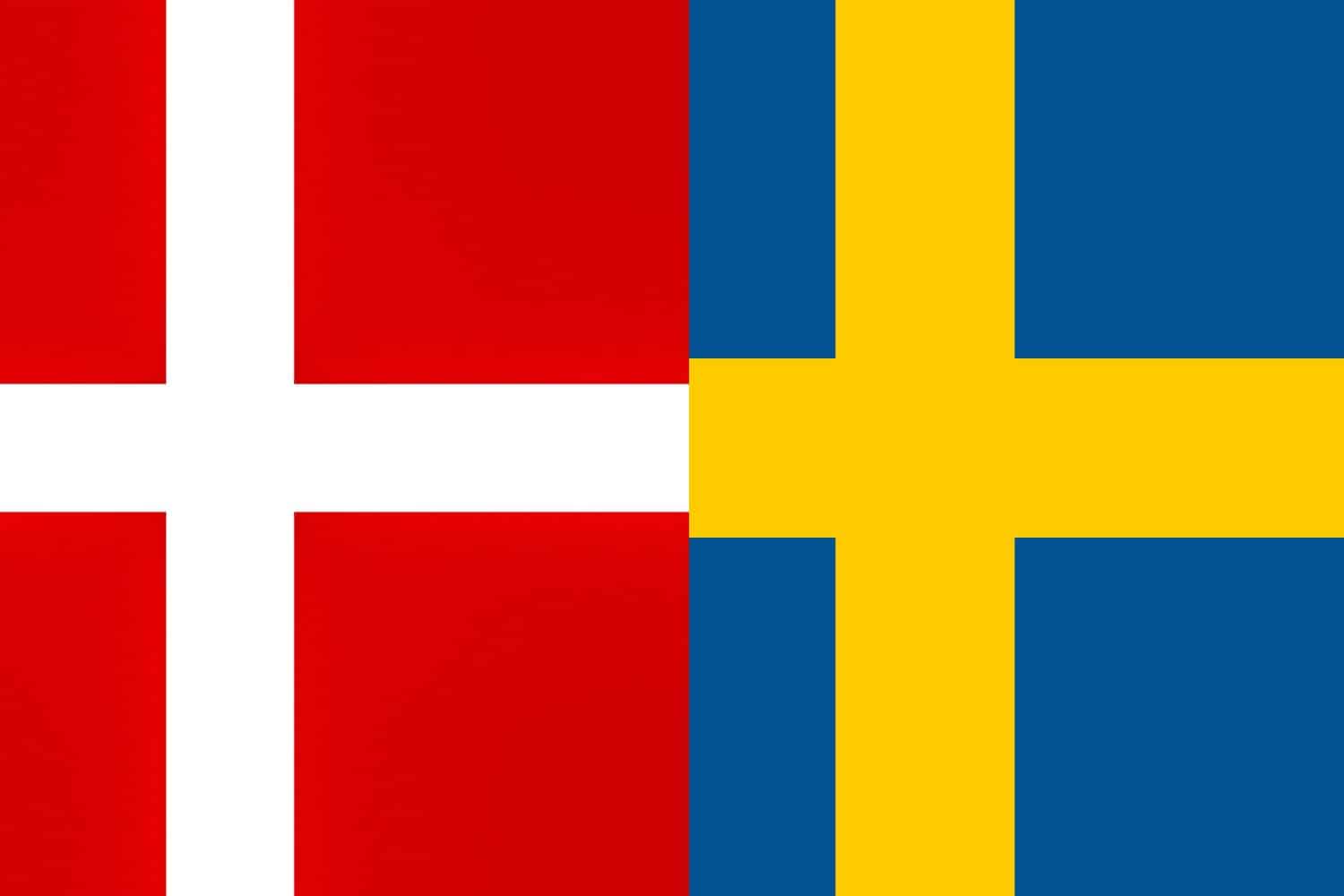
Similarity: Both flags prominently feature the color red, symbolizing courage and valor.
Difference: The Danish flag, known as the Dannebrog, is a red field with a white Scandinavian cross that extends to the edges, while the Swedish flag is a blue field with a yellow Scandinavian cross.
Danish Flag vs German Flag
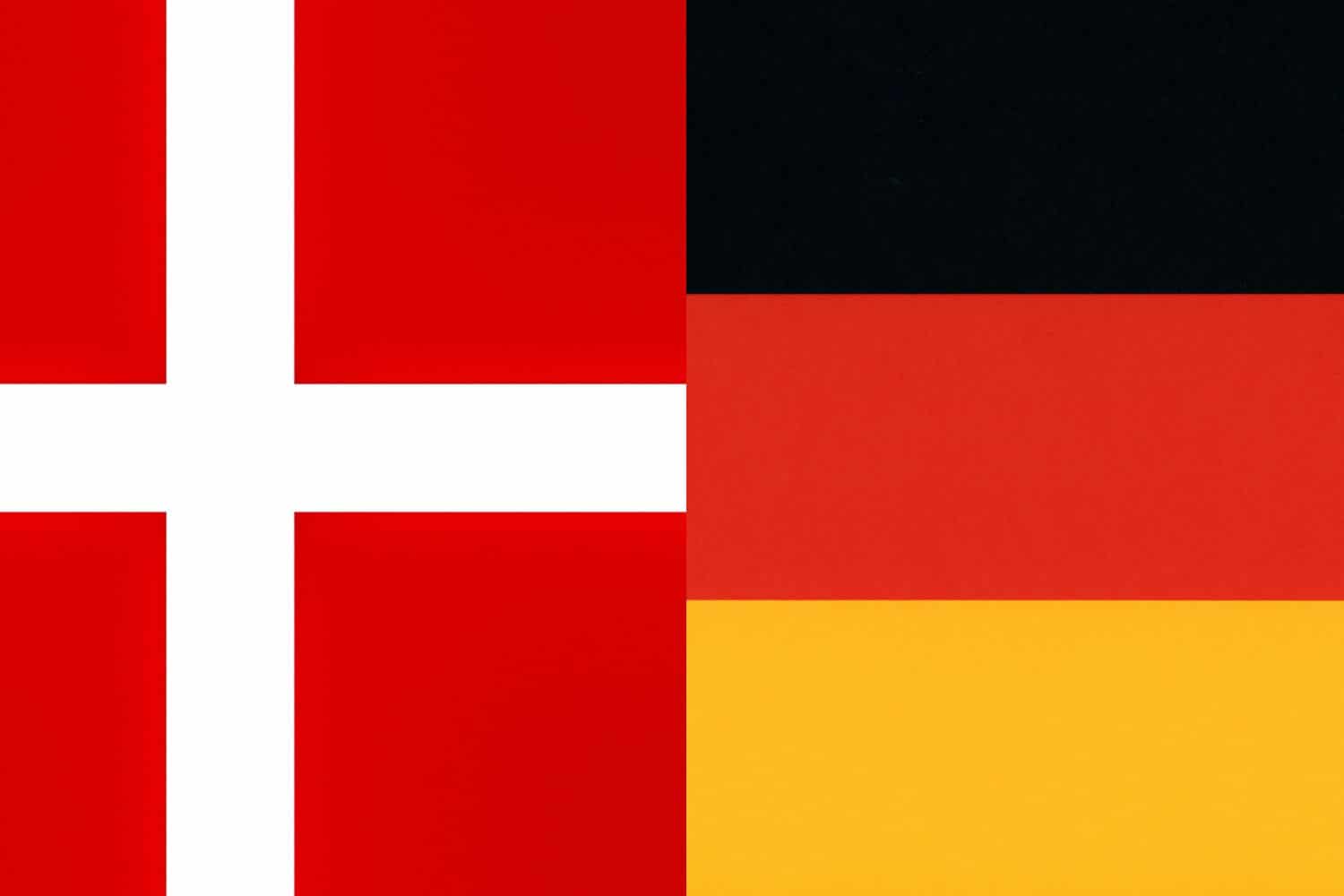
Similarity: Both flags incorporate the colors red, white, and black.
Difference: The Danish flag features a white Scandinavian cross on a red field, whereas the German flag consists of three horizontal stripes of black, red, and gold.
Danish Flag vs Norwegian Flag
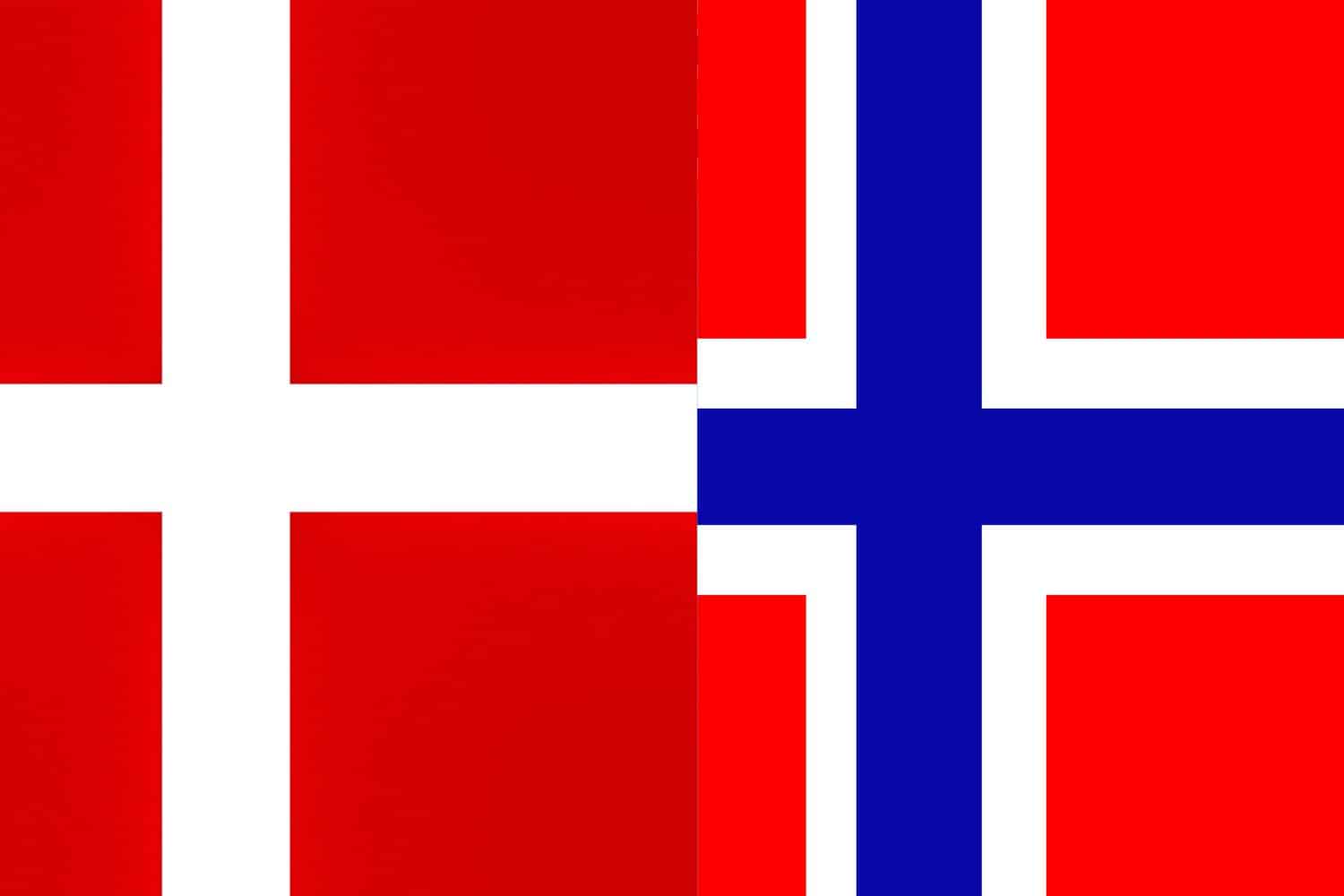
Similarity: Both flags display the colors red, white, and blue.
Difference: The Danish flag has a white Scandinavian cross on a red field, while the Norwegian flag includes a blue cross with a white border on a red field.
Danish Flag vs Dutch Flag
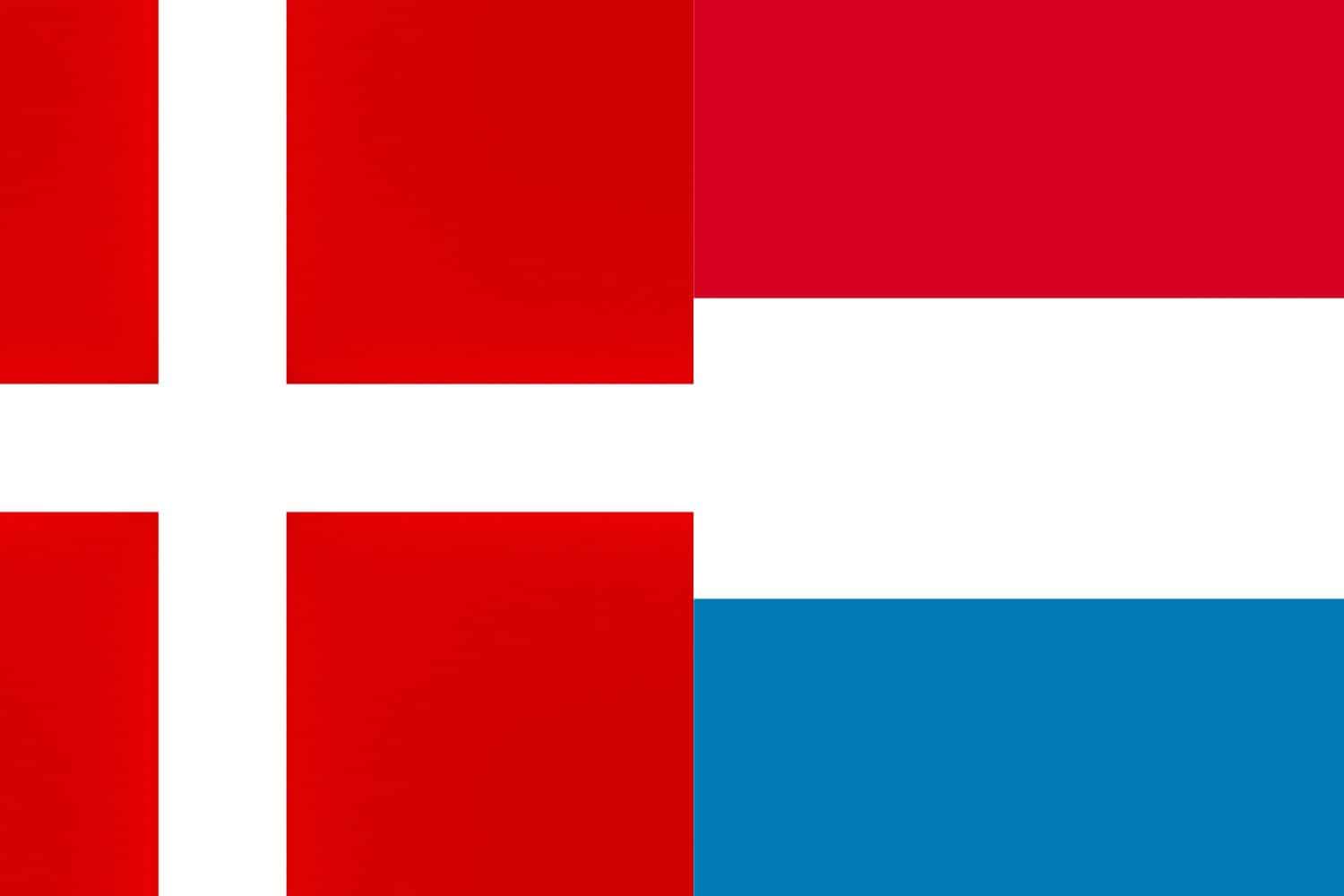
Similarity: Both flags feature the color red.
Difference: The Danish flag consists of a white Scandinavian cross on a red field, while the Dutch flag has horizontal stripes of red, white, and blue.
Danish Flag vs British Flag
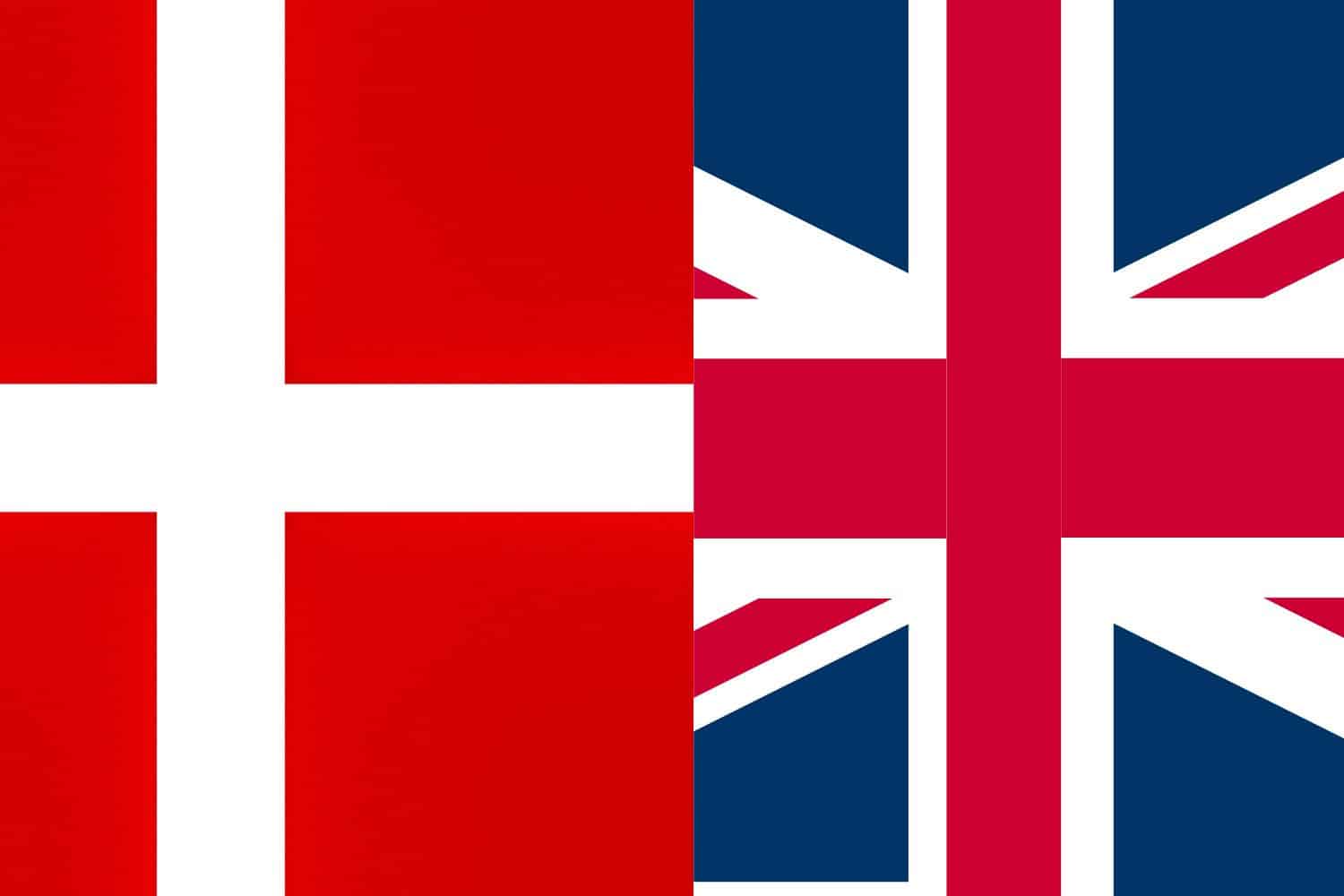
Similarity: Both flags incorporate the color red.
Difference: The Danish flag is a red field with a white Scandinavian cross, while the British flag, known as the Union Jack, features a complex design of intersecting red and white crosses on a blue field.
Danish Flag vs Icelandic Flag
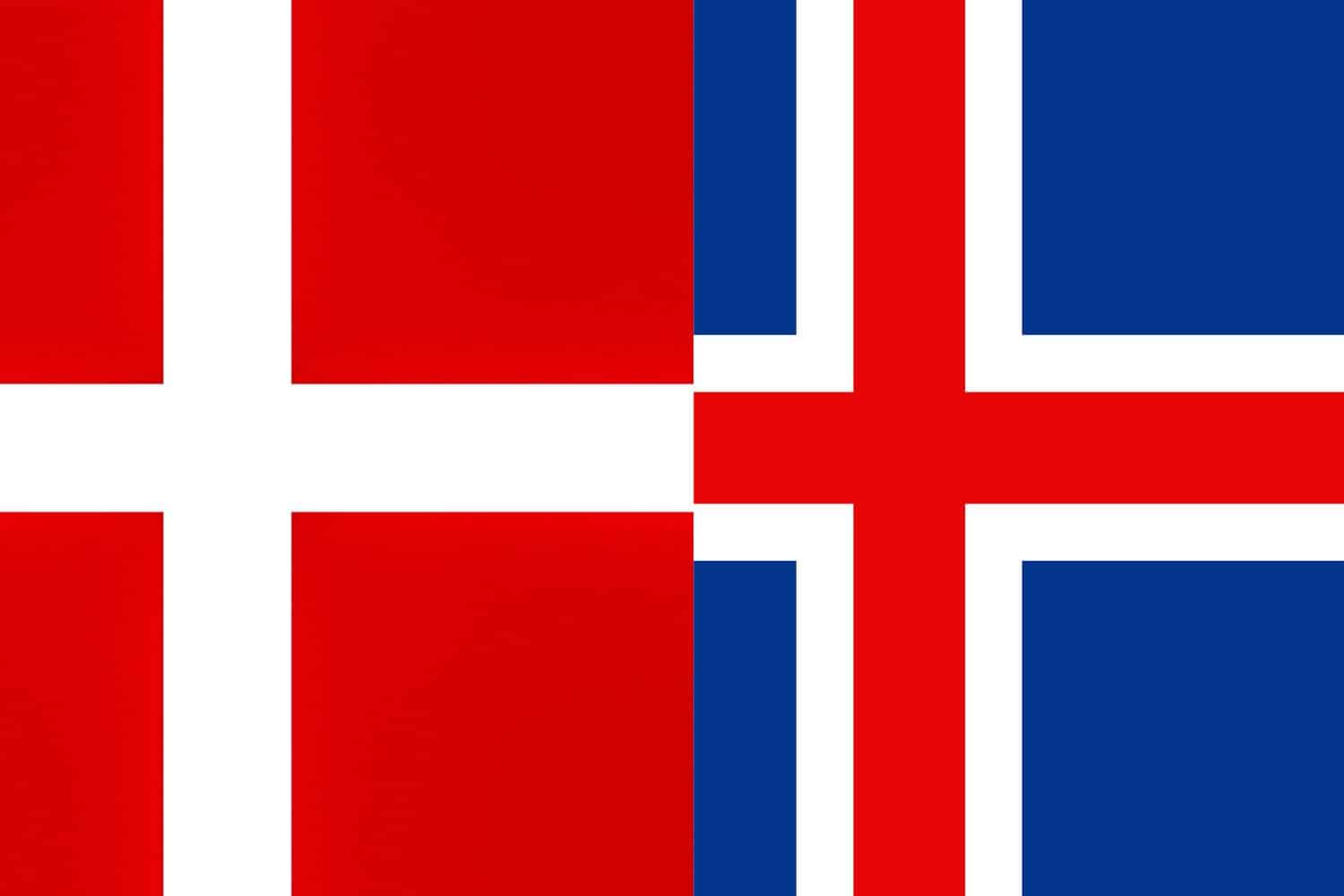
Similarity: Both flags include the color red.
Difference: The Danish flag consists of a white Scandinavian cross on a red field, while the Icelandic flag has a blue field with a white Scandinavian cross.
Frequently Asked Questions (FAQs)
Explore answers to common questions regarding the Denmark flag picture. From its historical origins to the significance of its elements, find clear and concise explanations addressing queries often raised by those interested in Denmark’s flag.
What is the design of the flag of Denmark?
The flag of Denmark, known as the Dannebrog, features a red field with a white Scandinavian cross that extends to the edges.
What is the significance of the white cross on Denmark’s flag?
The white cross represents Christianity and has been associated with Denmark since the Middle Ages.
When was the flag of Denmark officially adopted?
The flag of Denmark was officially adopted in the 14th century, making it one of the oldest national flags in continuous use.
What is the legend behind the origin of Denmark’s flag?
According to legend, the Dannebrog fell from the sky during a battle in Estonia in 1219, inspiring the Danish troops to victory. This event is celebrated as the origin of Denmark’s flag.
Does the design of Denmark’s flag have any regional variations?
No, the design of Denmark’s flag is consistent throughout the country and does not have any regional variations.
Is Denmark’s flag used as a symbol of national pride on specific occasions?
Yes, Denmark’s flag is prominently displayed on national holidays, including Constitution Day (June 5th) and the birthday of the Queen (April 16th), as well as during sporting events and other national celebrations.
What is the proper way to display Denmark’s flag?
The Danish flag should be hoisted with the white cross positioned vertically, and when hung horizontally, the cross should be placed nearest to the flagpole.
Are there any regulations regarding the use of Denmark’s flag?
Yes, Denmark has regulations concerning the use of its national flag, including guidelines for its display, size, and proportions, particularly when used for official purposes.
